Renthal: The Life Of An Integra Stem
There is a small list of companies who do things differently. Companies like Chris King, Thompson, Hope... Companies whose histories are steeped in engineering experience and obsession with detail. Among motocross fans there has been one company who have belonged on that list for more than fifty years now - Renthal. Founded in the 1960s and based in a small industrial unit on the edge of Manchester, England. With their reputation for making strong, light and well thought-out kit, this tiny company conquered the world of high-end motocross handlebars and components. Today they supply parts to everyone, from giants like Honda to a legion of privateer racers and riders.
Mountain bike parts may have seemed an obvious step for a company with so much experience making motocross components, but no. In the mid-90s they tried collaborating on Pace's ill-fated, and as it turned out, far too light, Sub 180 handlebar (it weighed less than 180g, hence the name). After that failure, founder Henry Rosenthal was reluctant to dive back in, as he would not consider being anything less than successful. He was persuaded to give it another go and Renthal re-entered the mountain bike world just over three years ago now.
Launched last year, the popularity of their direct-mount stem, the Integra, has taken them by surprise and they can barely get them out the factory fast enough. We were invited up to their Stockport headquarters, where all of their kit is still made on the one site, to have a look at how they developed the Integra stem.
Audio Loading...
Audio Loading...
Audio Loading...
Audio Loading...
www.renthal.com
Author Info:
Must Read This Week
Sign Up for the Pinkbike Newsletter - All the Biggest, Most Interesting Stories in your Inbox
PB Newsletter Signup
-
About Us
Contacts FAQ Terms of Use Privacy Policy Sign Up! Sitemap -
Advertise
Advertising -
Cool Features
Submit a Story Product Photos Videos Privacy Request -
RSS
Pinkbike RSS Pinkbike Twitter Pinkbike Facebook Pinkbike Youtube Pinkbike Instagram
Newsletter Signup
Copyright © 2000 - 2024. Pinkbike.com. All rights reserved.
dv56 0.058024

 Research and development engineer, Simon Brocklehurst, is the man responsible for the first stage of the development.
Research and development engineer, Simon Brocklehurst, is the man responsible for the first stage of the development.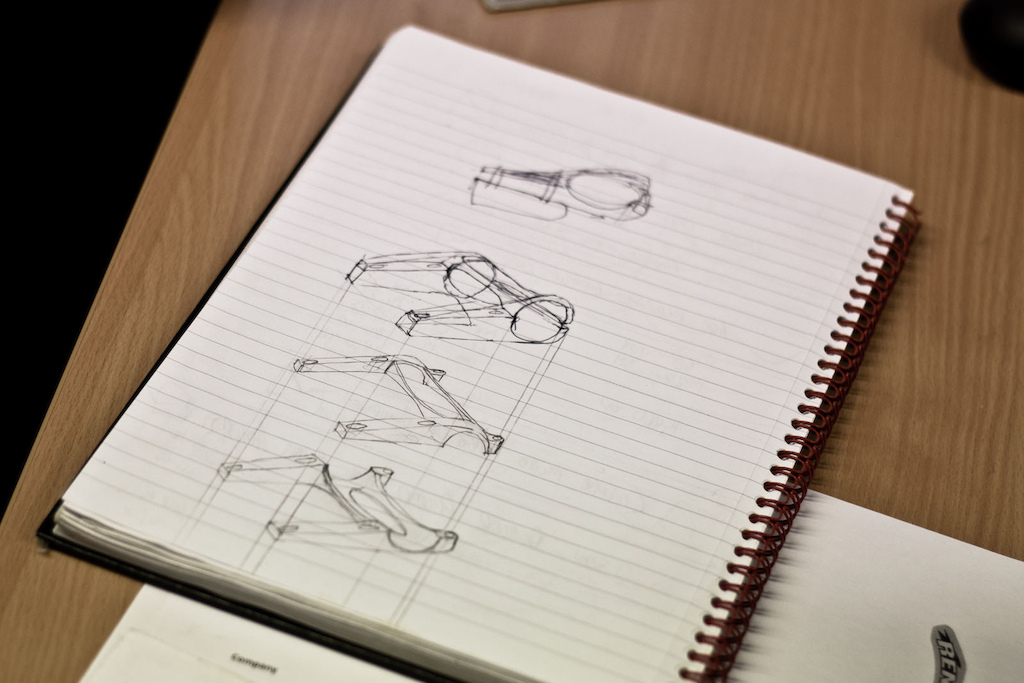
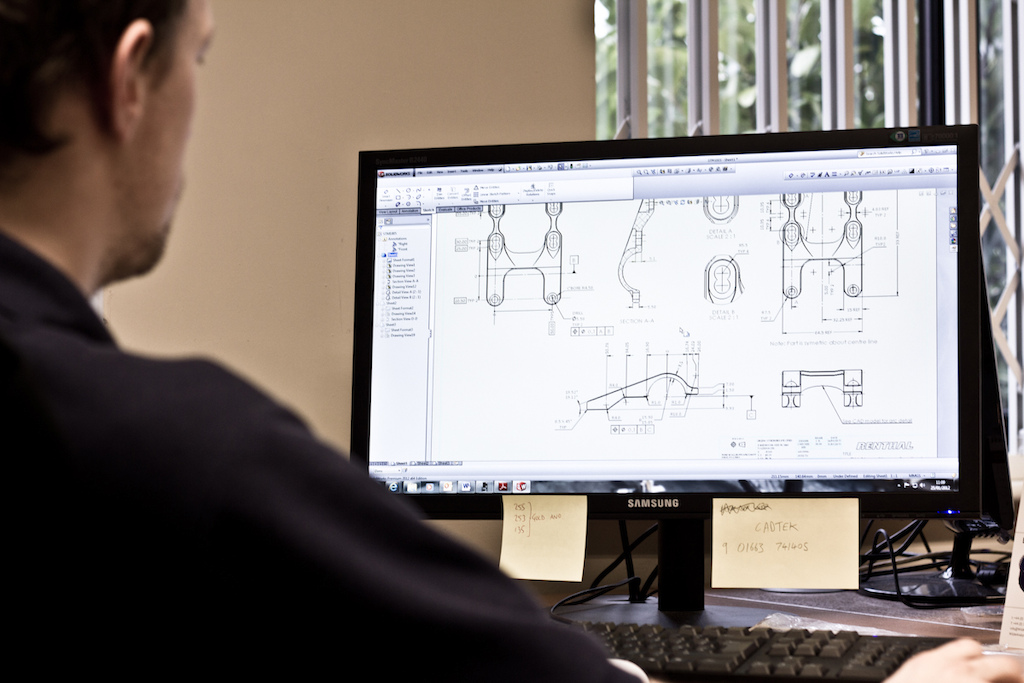


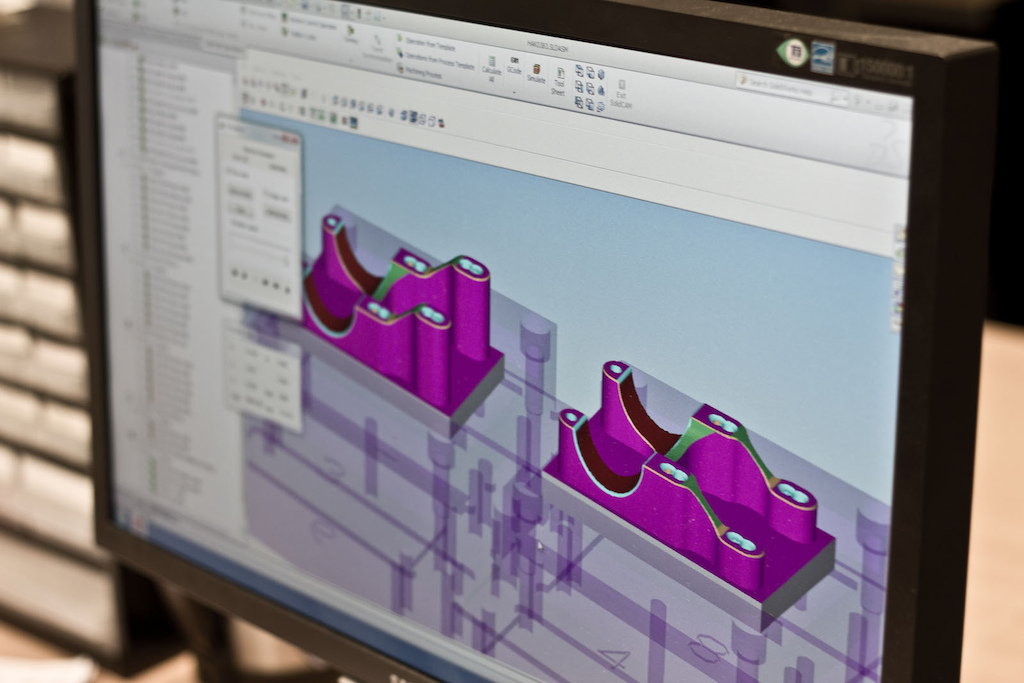







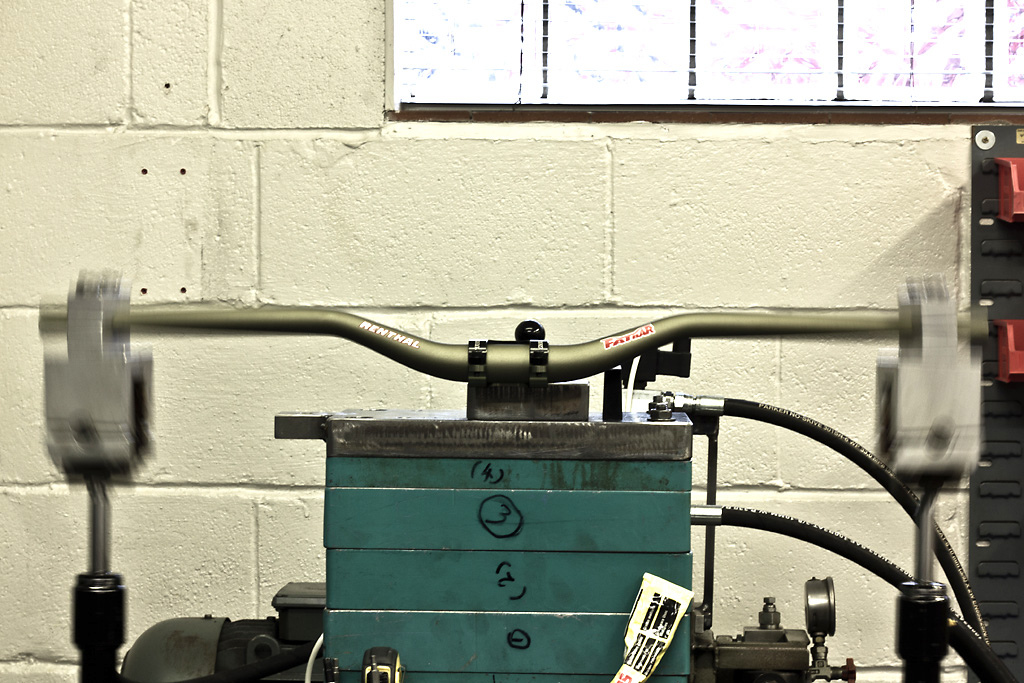
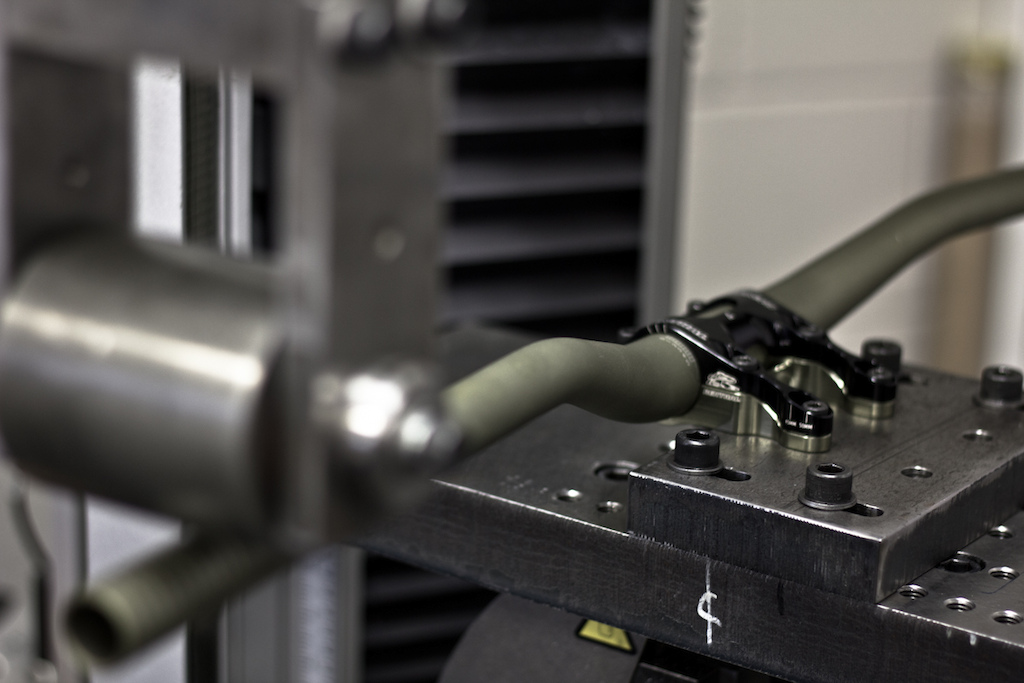




wingnutt.pinkbike.com/blog/80HD-Custom-Crown-and-Stem.html
That is what I have learned from the University of PinkBike. Perhaps a real engineer can take over and tell me if I'm just reciting marketing jargon.
Forged parts CAN be stronger than equivalent machined parts (with aluminum, they tend to have better fatigue properties). However, for well designed and properly manufactured parts, these differences really will be minimal. They'll be fractions of the factor of safety on the product. Nothing to really write home about.
Far more important is careful machining (even those castings get post machined) and quality control, as even small imperfections and nicks can cause stress risers that can lead to greatly accelerated failure - so buying components from companies who extensively test and control manufacturing (whether in- or out-house) is incredibly important.
For any forging, the tooling can be incredibly expensive - so if the volume isn't there to support it, machined makes a lot more sense (or near-net-shape extrusion machined to size, which is what I would have done for these stem pieces had I been designing - extrusion tooling is generally pretty damn cheap and it saves a TON of machine time and wear!). For small companies like Renthal, forged is not going to happen, unless you want that $15-20k tooling amortized over your 500 stems a year! Oh, and don't forget you STILL need to machine the forging afterwards to hit those hole locations, flatness specs, perpendicularity to the clamping axis, surface roughness and diameter on the clamping surfaces, and so on.
On a side note, cast aluminum is crap for strength, so any weight critical highly stressed member like a stem should NEVER be cast. There are plenty of applications where cast would be fine, though - brake lever bodys, shifter bodies, derailleur components, etc.
www.facebook.com/photo.php?fbid=416985351657863&set=a.352663588090040.76923.146505212039213&type=1&theater
OH f*ck NOW I'M DOING IT
just wish they could slim their chainring's body width down a little, it does not play happy with many popular chain devices on the market....
not a problem I've ever had with E13 or Middleburn rings on the same chain device?
Did they not also collaborate with Pace on their mud shedding chain rings?
Its these kind of articles that make me glad im studying mechanical engineering. this kind of stuff is so interesting.
Since it can take 1,8 tons of instant pressure before it snaps, i think it is reliable enough. Your handlebar will snap before the stems does. And when it comes to testing, it has been put through the same stress-test as the Renthal stem without showing any signs of damage, and it is only the prototype i'm talking about. This strenght could also have something to do, with the fact that it is made from titanium..
Apart from that, i don't know where they are made, but i know that they are pretty damn strong. The reason for, why this stem is so cheap, is because he get's them directly from the factory and he has decided to sell it a little cheaper, without getting that much money from the sale.
Two of the best danish downhill-riders also rode Renthal, untill they tried these. They say, that the Renthal feels wobbly compared to these..
But whatever. I'll just return if/when it becomes one of the best and cheapest on the market, just to tell you that you didn't believe it would become anything, and that you were wrong..
I totally agree, a truly exceptional grocery getter.